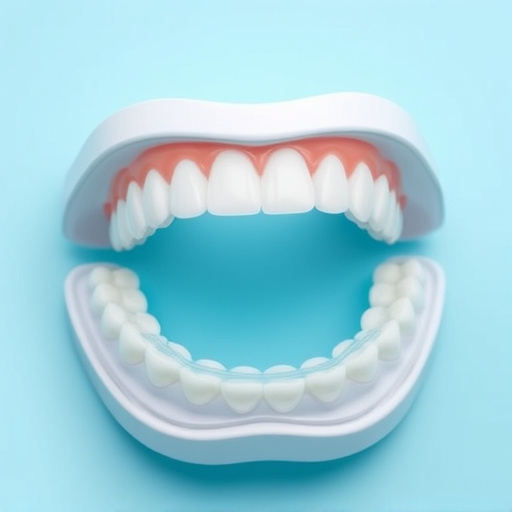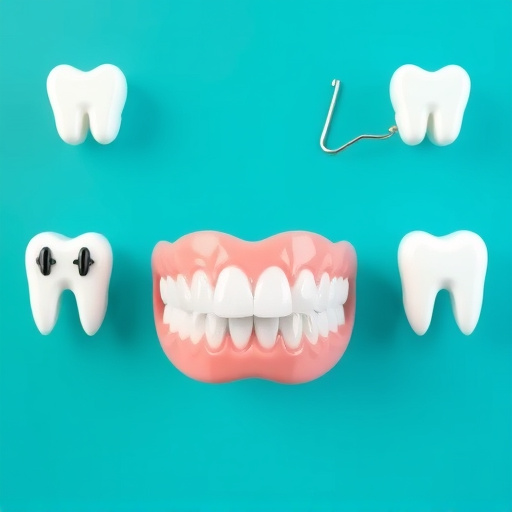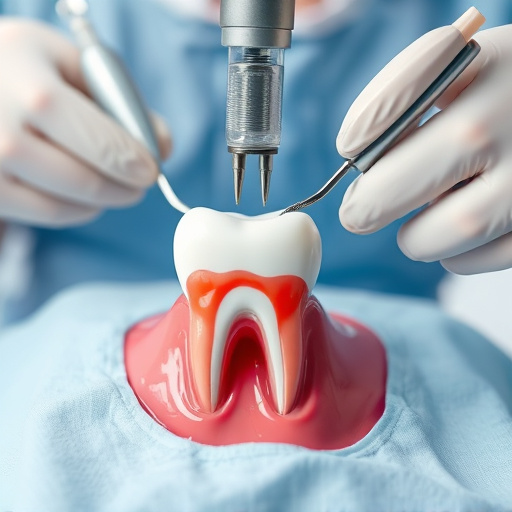TL;DR:
Gum health evaluation, a crucial component of oral care, involves visual inspections, pocket depth measurements, and bleeding checks during routine check-ups. Early detection enables timely interventions like dental bonding for damage repair, leading to better long-term outcomes. Continuous monitoring requires advanced imaging technologies (e.g., X-rays, 3D scanners), structured scheduling with digital reminders, and emphasis on preventive dentistry through personalized feedback and regular teeth cleaning procedures. This proactive approach preserves tooth structure, mitigates systemic risks, and ensures comprehensive gum health management under a dynamic, patient-centric strategy.
“Gum health evaluation is a critical component of overall oral care, offering insights into the well-being of your gums. This article delves into the fundamentals of this process and its significance in preventing periodontal diseases. We explore the key components of an efficient gum health tracking system, including advanced technologies for precise measurements.
Furthermore, we discuss the benefits of continuous monitoring and provide strategic implementations to help individuals and healthcare providers maintain optimal gum health.”
- Understanding Gum Health Evaluation: The Basics and Importance
- Components of an Effective Gum Health Tracking System
- Benefits and Implementation Strategies for Continuous Gum Health Monitoring
Understanding Gum Health Evaluation: The Basics and Importance
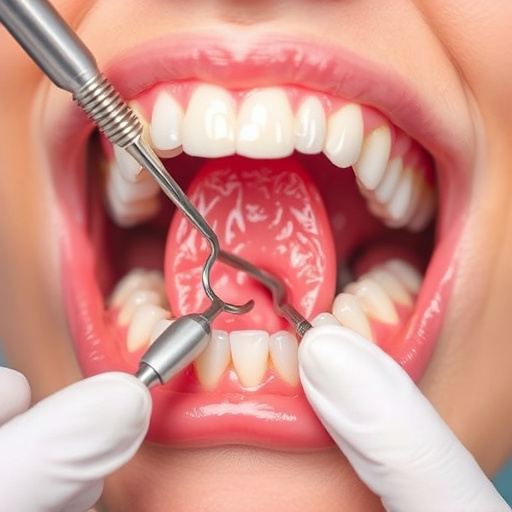
Gum health evaluation is a crucial aspect of comprehensive oral care that focuses on assessing and monitoring the condition of your gums. It involves a detailed examination to detect any signs of gum disease, inflammation, or potential issues at an early stage. This non-invasive process is essential for maintaining optimal oral hygiene since gum health directly impacts overall well-being. By keeping a close eye on gum health, individuals can prevent serious dental problems and ensure their smile remains vibrant.
Regular gum health evaluations are often conducted during routine check-ups with your family dentistry practitioner. During these visits, the dentist will use various techniques to evaluate gum tissue, including visual inspection, measuring pocket depth, and checking for bleeding or swelling. Early detection of issues like gingivitis or periodontitis can lead to timely interventions, such as dental bonding to repair damaged areas or emergency dental care if necessary. Such proactive measures contribute to better long-term oral health outcomes.
Components of an Effective Gum Health Tracking System
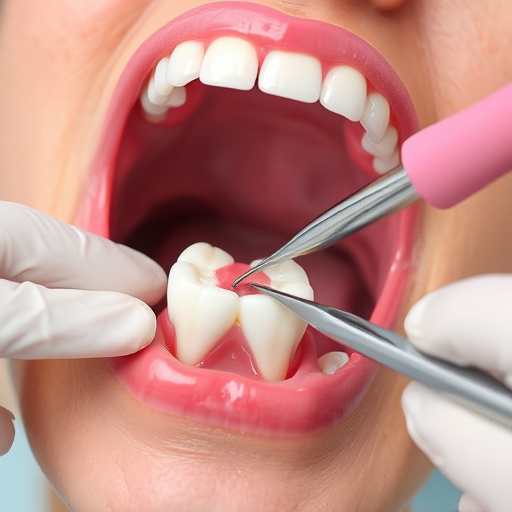
An effective gum health tracking system should incorporate several key components to ensure accurate and meaningful data collection. Firstly, it must include a comprehensive assessment tool that goes beyond simple visual inspections. This could involve utilizing advanced imaging technologies like dental X-rays or 3D scanners to detect subtle bone loss, periodontal pockets, and other signs of gum disease at various stages. Secondly, the system should facilitate regular and consistent monitoring over time. Setting up a structured scheduling system for patients, perhaps integrated with digital reminders, ensures that gum health evaluations become a standard part of their oral care routine.
Moreover, a successful tracking system should emphasize preventive dentistry by offering personalized feedback and recommendations. This might include guidance on proper brushing and flossing techniques, the role of clear aligners in maintaining gum health, and advice on dietary choices that either promote or hinder periodontal wellness. Regular teeth cleaning procedures should also be encouraged as part of a holistic approach to monitoring gum health, ensuring that any potential issues are addressed early through professional interventions.
Benefits and Implementation Strategies for Continuous Gum Health Monitoring
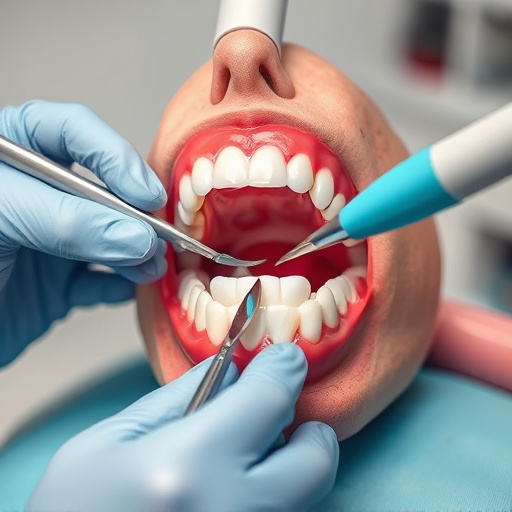
Continuous gum health monitoring offers numerous benefits for both patients and dental professionals. By regularly assessing gum tissue health, dentists can identify early signs of gingivitis or periodontitis, enabling prompt intervention to prevent further damage. This proactive approach not only conserves tooth structure but also reduces the risk of systemic complications associated with periodontal disease. Moreover, continuous tracking allows for personalized treatment plans that consider individual patient needs and progress over time.
Implementing a gum health evaluation system requires a strategic approach. Dental practices can leverage modern technologies like digital imaging and specialized software to streamline the process. Regular teeth cleaning appointments become opportunities for detailed gum examinations, where dental professionals use calibrated tools to assess bleeding, inflammation, and pocket depth. For those with specific needs, such as individuals with dental bonding or crowns, these evaluations can be tailored to monitor areas of concern more closely. This comprehensive strategy ensures that gum health is not just considered during routine visits but actively managed for each patient’s unique circumstances.
A comprehensive gum health evaluation is a powerful tool for maintaining oral well-being. By tracking progress over time, individuals can gain valuable insights into their gum health and take proactive measures. Incorporating regular assessments and utilizing an efficient tracking system enables early detection of potential issues. Continuous monitoring through innovative strategies ensures long-term oral health management, leading to better outcomes and a brighter smile.

